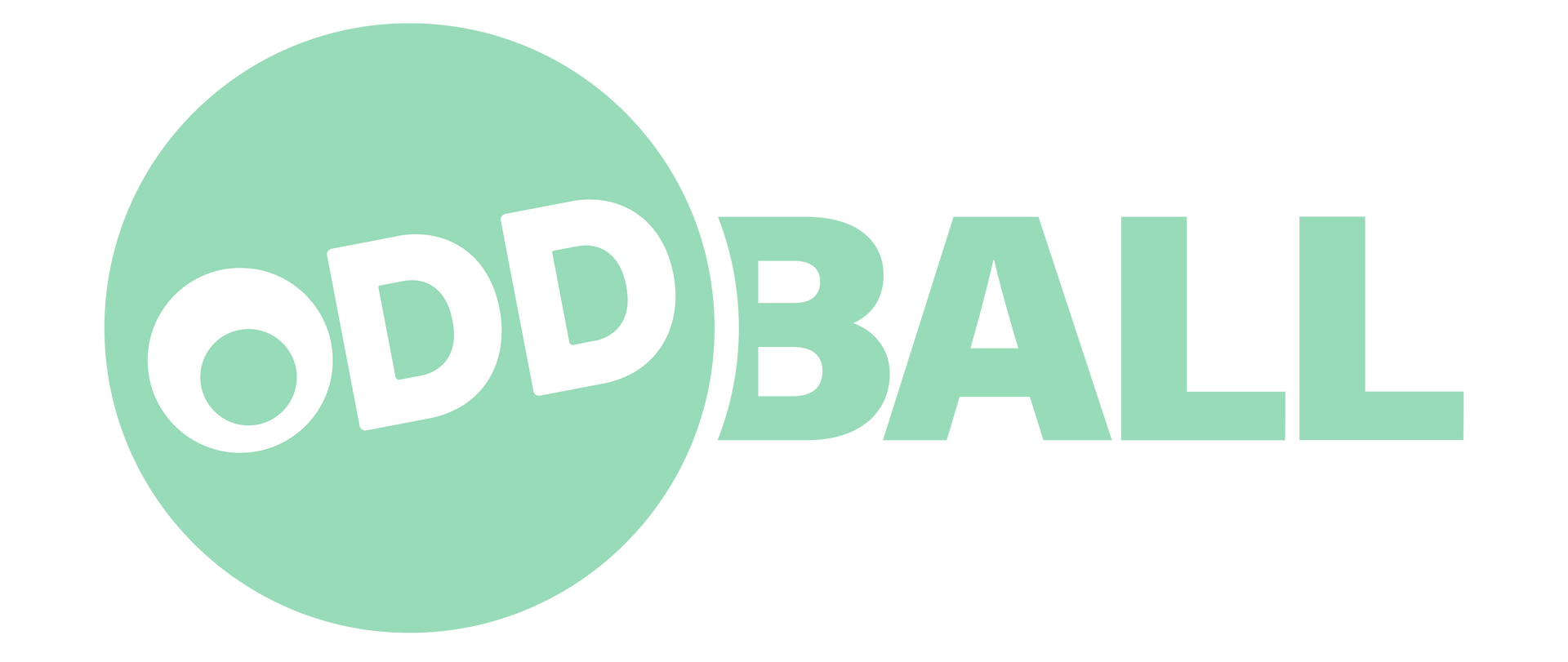Beginner’s Guide to Effective On-Page SEO Techniques
Search engines are like libraries for the internet. They help people find the right information quickly. For your website to be seen by the right audience, it needs to appear in search results. This is where on-page SEO comes in. It's like tuning your website to be the best match for search engines and visitors.
Good on-page SEO helps search engines understand what each page on your site is about. It involves optimizing content and HTML code so that your site is easy to navigate and understand. This can lead to better rankings on search engines, making it easier for people to find you online.
Whether you're new to SEO or trying to improve your current strategy, understanding the basics of on-page SEO can make a big difference. Learning how to optimize various elements can help increase your website's visibility and reach. With the right approach, your website will be ready to shine in search results.
Understanding the Basics of On-Page SEO
On-page SEO focuses on optimizing various parts of your website to help it rank higher in search engine results. It's about making sure search engines understand what your page is about. When done right, it can significantly improve your site’s visibility to potential visitors.
Some core elements of on-page SEO include title tags, meta descriptions, and headers. Title tags show up as clickable headlines on search engine result pages. They should be concise and include relevant keywords. Meta descriptions provide a brief summary of the page content. While search engines don't directly use them for ranking, they can influence click-through rates because they help users decide if the content is what they’re looking for. Headers, like H1 and H2 tags, organize content hierarchically, making it easier for search engines and users to read.
Site structure and navigation also play vital roles. A well-structured site helps search engines crawl and index your pages effectively. Make sure that each page is easily accessible from the homepage and avoid complex navigation paths. Clear, simple layouts keep visitors engaged and guide them smoothly through your pages, enhancing the user experience and boosting your SEO all at once.
Crafting Keyword-Optimized Content
Keywords are like signposts that guide search engines to understand what your content is about. Crafting keyword-optimized content starts with effective keyword research. Begin by thinking about what words or phrases your audience might type to find your content. Use online tools like Google Keyword Planner or Ubersuggest to discover popular search terms related to your topic.
Once you've gathered a list of keywords, it's important to integrate them naturally into your content. Keywords should fit seamlessly into sentences without sounding forced or awkward. Sprinkle them throughout your content, including in the title, headers, and body, but avoid overstuffing. The goal is to enhance content without losing its flow or readability.
Maintaining readability is crucial. Keep sentences short and to the point, and use simple words that are easy to understand. Also, engage your readers by addressing them directly with "you" and "your." Include questions or prompts that invite them to reflect or respond. A well-crafted piece of content that balances keywords and readability can keep visitors interested and encourage them to stay longer, which helps improve your site's search ranking.
Enhancing Page Performance and User Experience
A website's speed affects how users view it and plays a crucial part in search rankings. Slow-loading pages may frustrate visitors, causing them to leave quickly. This increases the bounce rate and can lower your site's ranking on search engines. A faster website keeps users happy, engaged, and more likely to explore other pages.
Several tools can help test and improve page loading times. Google PageSpeed Insights offers insights into how fast your site loads and suggests ways to speed it up. GTmetrix provides detailed reports on a website's performance and suggests improvements. These tools can point out issues like unoptimized images, excess scripts, or slow server response times, giving you the roadmap to enhance speed.
Mobile optimization is another vital aspect. More people browse the web on their mobile devices than ever before, so having a site that works well on phones and tablets is essential. Mobile-friendly sites help improve SEO, as search engines prioritize websites that deliver a good experience regardless of the device. Check your site’s mobile performance with tools like Google's Mobile-Friendly Test, ensuring it’s responsive and easy to use on smaller screens.
Leveraging Internal Links and Multimedia
Internal links connect pages within your website, guiding visitors to additional content that might interest them. They play a big role in boosting your site's SEO by helping search engines understand the structure and hierarchy of your site. They also improve user engagement, as visitors are likely to stay longer and explore more pages when you provide relevant links throughout your content.
Multimedia elements like images and videos make pages more appealing and informative. They can explain complex ideas quickly and hold the viewer's attention better than text alone. Well-placed visuals enhance the user experience and make it more likely that visitors will share your content.
To optimize images, use alt tags and captions. Alt tags describe what an image is about, helping search engines understand and index them correctly. Captions can provide context or additional details for the image, improving your content’s clarity. Optimizing file sizes without losing quality is also important as it ensures fast page loads, keeping both users and search engines happy.
Conclusion
On-page SEO is all about making sure that every element of your website is working to boost your search rankings. From crafting keyword-optimized content to ensuring fast load times and leveraging multimedia, each aspect contributes to your online success. Understanding and implementing these techniques can greatly enhance your website's visibility and user engagement.
At Oddball Creative, we know how vital effective SEO strategies are for building a strong online presence. Our team can help you apply the right
on-page SEO techniques to ensure your website performs at its best. Let us assist you in navigating the complexities of search engine optimization so you can focus on what you do best—connecting with your audience and growing your brand. Contact us today.



